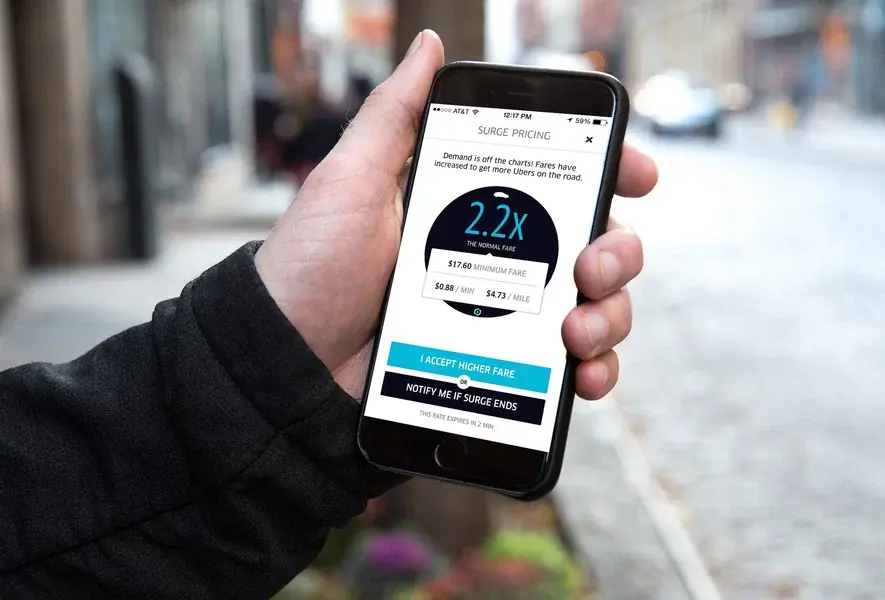How Netflix Solved the Password Sharing Problem
- sambeet parija
- Mar 28
- 4 min read
Updated: May 17

For years, Netflix turned a blind eye to password sharing. In fact, their 2017 tweet: “Love is sharing a password” became iconic. But fast forward to 2023, and that laissez-faire attitude disappeared. Suddenly, millions of users were being locked out of accounts they’d freeloaded off for years. What changed? Why did Netflix crack down, and more importantly, how did they manage to turn a potential PR disaster into a revenue growth engine?
Let’s unpack this. Not just from a user’s perspective, but from the lens of a founder and operator who’s seen many B2C companies wrestle with classic dilemmas: monetization vs. user goodwill, short-term pain vs. long-term health.
The Problem: Millions Enjoying the Ride for Free
Netflix estimated over 100 million households were sharing passwords globally. These were potential customers not paying a dime. For a company facing slowing subscriber growth and intensifying competition from Disney+, HBO Max, and Amazon Prime, this leakage was unacceptable.
Still, enforcing household boundaries on a digital platform is tricky. People travel, they work remotely, they watch across devices. Drawing the line between legitimate and illegitimate usage required a bold product and business decision.
The Solution: Redefining the “Household”
Netflix knew it couldn’t simply tell people to stop sharing passwords and expect compliance. They had to make account boundaries enforceable, intuitive, and monetizable. All without making loyal users feel penalized. The key insight was this:
Password sharing wasn’t the problem, unpaid account expansion was.
So instead of banning password sharing outright, Netflix redefined the terms under which it was acceptable. The cornerstone of this strategy was a new definition of the term “household.”
Household = A Location, Not a Relationship
Netflix drew a line in the sand. A “household” was now defined as people who live together and use the service from the same primary location. This was enforced using:
IP addresses
Device IDs
Account activity patterns
This meant that if someone in a different city or even a college student in another state, logged in, Netflix could flag it. From a technical perspective, this was a significant undertaking. They needed to balance enforcement with edge cases like travel, multiple homes, and smart devices.
Smart Friction, Not Blunt Force
Instead of immediately locking out non-household users, Netflix introduced friction gradually. Users outside the primary household would receive prompts to verify their devices or log in again more frequently. These nudges weren’t just technical; they were behavioral psychology at play. By disrupting passive freeloading, Netflix nudged people toward legitimizing their usage.
Paid Sharing: Turning Abuse into ARPU
Here’s where it gets really smart. Netflix didn’t just plug the leak; they turned it into revenue. They launched a “paid sharing” feature that allowed primary account holders to add extra members for a small fee (e.g., $7.99/month in the U.S.).
This gave users three clear options:
Stop using the account
Pay for their own plan
Get added as an extra member
This “middle ground” was crucial. It softened the blow, gave people time to adapt, and generated incremental revenue without major churn.
Gradual Rollout and Learn-As-You-Go Approach
They didn’t go global overnight. Netflix piloted the strategy in Latin America, markets with high levels of sharing and lower price sensitivity. They used these test beds to fine-tune messaging, gauge reaction, and iron out technical kinks.
By the time they expanded to the U.S., Canada, and Europe, the playbook was tested. They knew what percentage of freeloaders would convert, what backlash to expect, and how to frame the message: “Your account is for you and your household.” The Results: Controversial, but Effective
The initial reaction? Outrage. Social media exploded with complaints. Many predicted mass cancellations.
But here’s what actually happened: Netflix added over 9 million subscribers in the quarter following the crackdown. According to their shareholder letter, paid sharing not only curbed freeloading but also encouraged freeloaders to become paying customers. It worked better than expected.
As someone who's seen subscription models before, this is classic LTV / CAC optimization. It’s uncomfortable to make a move that feels "anti-user," but sometimes, protecting the value of your product demands it.
Lessons for Founders
Be Bold, But Back It With Data Netflix didn’t guess their way through this. They A/B tested the hell out of each step in Latin America before scaling it globally. Data drove the decision-making.
Design Monetization Around Behavior, Not Idealism The idea of a "family plan" made sense when most people watched on a living room TV. But Netflix usage evolved to mobile, remote work, travel. They adapted the business logic to match behavior; not sentiment.
Product-Led Monetization is Powerful Instead of relying on email campaigns or customer service calls to fix freeloading, they embedded upsell opportunities directly into the product experience. Friction became a feature.
Pushback is Not Failure If everyone loves your monetization change, you probably underpriced it. Netflix faced resistance, but they anticipated it. Timing, messaging, and staggered rollout helped contain the damage.
Build Optionality Into Enforcement Offering the “add an extra member” feature softened the blow. It gave users agency, and created a new revenue stream from existing behavior.
Final Thought
In my experience, hard decisions around monetization always feel risky. Netflix didn’t just “fix” password sharing. They turned it into a case study on how to do monetization pivots at scale, under scrutiny, without losing the brand. For entrepreneurs building subscription products, this wasn’t just a crackdown. It was a masterclass.


Comments